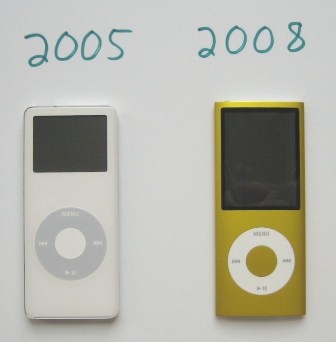The St. Louis Cloud Computing User Group launches on Jan. 21st at Appistry. Sam Charrington over there kicked it off, but I suspect it will shortly grow far past its Appistry roots.
I’m giving a talk (one of two) at the first meeting. Contrary to the initial description floating around, I won’t be speaking (in detail) about “Amazon Web Services from a Developer Perspective”. Rather, my talk will be broader, and from a developer+business perspective:
To the Cloud(s) and Back
Over the last few years, I’ve been to the Amazon cloud and back; on a real project I started with inhouse file storage, moved to Amazon S3, then moved back. I’ve likewise used EC2 and tried a couple of competitors. I think this qualifies me to raise key questions:
- Should you use (public) cloud storage? Why and why not?
- Should you use (public) cloud CPUs? Why and why not?
- How do you manage an elastic set of servers?
- Can you trust someone else’s servers? Can you trust your own?
- Can you trust someone else’s sysadmins? Can you trust your own?
- What about backups?
This talk will mostly raise the questions, then offer some insights on the some of the answers.
Update: Slides are online here.

